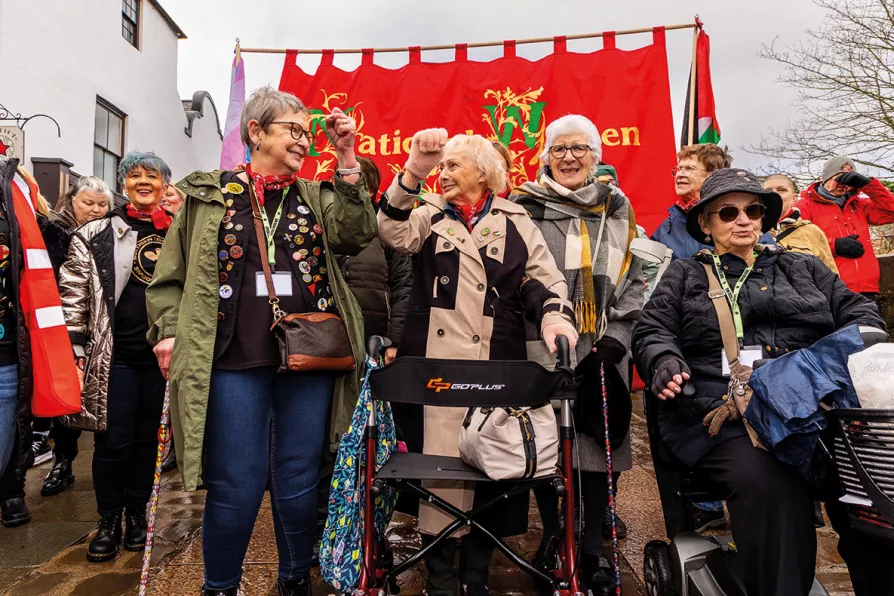From London’s holly-sellers to Engels’s flaming Christmas centrepiece, the plum pudding was more than festive fare in Victorian Britain, says KEITH FLETT

 National Women Against
Pit Closures secretary Heather Wood (centre left) and veteran campaigner Betty Cook
[Neil Terry / Neil Terry Photography]
National Women Against
Pit Closures secretary Heather Wood (centre left) and veteran campaigner Betty Cook
[Neil Terry / Neil Terry Photography]
FOR a “small do” it was a pretty big event. Women Against Pit Closures (WAPC) mobilised hundreds of veteran activists, their daughters, grand-daughters and friends, to march through the streets of Durham, banners raised, in a reunion and a celebration of the role played by women in the 1984-5 miners’ strike whose 40th anniversary begins on Wednesday.
Common wisdom has it that without the mobilisation of the women of the coalfields, the year-long miners’ strike against pit closures would have ended in October 1984, seven months after it started. Instead, it continued until March 1985.
On Saturday the banners they raised in Durham were an indication of the breadth of the women’s mobilisation during the strike: Vane Tempest Vigil, South Wales Support Groups, Corpull and Chorley Miners’ Wives from Lancashire, Durham Miners’ Wives’ Action Group, and Durham Support Groups.














